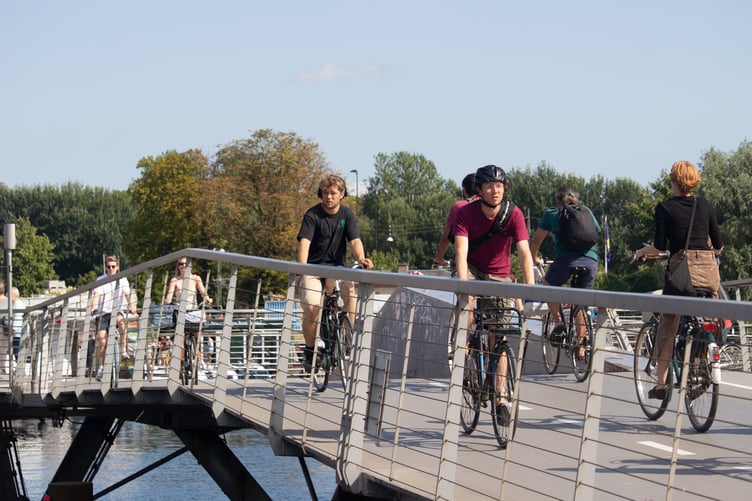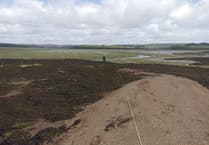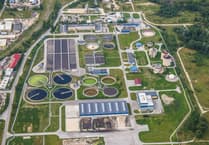A visit to Copenhagen reveals how bicycle friendly we could make our streets. Denmark’s winters are cold, dark and wet, but in this wealthy Nordic city nine out of ten people own a bike while less than two out of ten own a car. Half of all trips to work or school are made by bike, and it is the preferred form of transport for people of all ages.
This wasn’t always the case; the popularity of cycling in the Danish capital followed the redesign of public spaces to provide a network of bike lanes that are simple to follow, feel very safe and are joined up to serve all destinations. This is combined with excellent public transport and bike parks at stations and metro stops.
On wider and busier streets, on-street parking has been removed and a continuous cycle lane runs down either side of the road, separated from both traffic and pedestrians by a curb. There is no confusing weaving of bike lanes from roadway to pavement only to disappear for several hundred metres before reappearing again in a completely different form as happens here!
On quieter and more residential streets, bikes and cars share the roadway. Residential streets have a lower speed limit and traffic calming measures, but no contentious speed bumps or barriers. Instead, narrow lane widths, the tightening of corners and textured road surfaces encourage motorists to drive slowly, by design.
Streets feel calmer and are greener with planters and trees. If a Copenhagen resident cannot see a tree from their window, they can contact the council who will plant a street tree for them!
Along the equivalent of our A roads, a physical barrier between the cycle lane and traffic helps bicycle riders to feel safe. Cycling injuries here have decreased by a third in the last decade even though cycling has increased.
The perception of safety is important, as it only takes one dangerous junction on a route to deter a potential cyclist. At busier junctions, cyclists have their own traffic signals and are given a few seconds head start to get them out of the blind spots of cars and trucks.
Cargo bikes are another Danish speciality with parents transporting their children in a large basket in front. There are a few sports cyclists in lycra, but most riders are dressed for work or socialising, and the bikes are old style with high handlebars and an upright sitting position.
Recreational routes run through parks and along waterfronts, still separating pedestrians and cyclists. The city is bisected by waterways and cyclists have their own traffic-free bridges, built with the Danish eye for design. Other more ordinary bicycle bridges cross over motorways and railways connecting the city for everyday commuters.
All this contributes to the residents of Copenhagen enjoying a high quality of life. Car drivers enjoy roads free of congestion, people of all ages can exercise in good quality cycling and walking spaces, and all residents enjoy much improved air quality.





Comments
This article has no comments yet. Be the first to leave a comment.